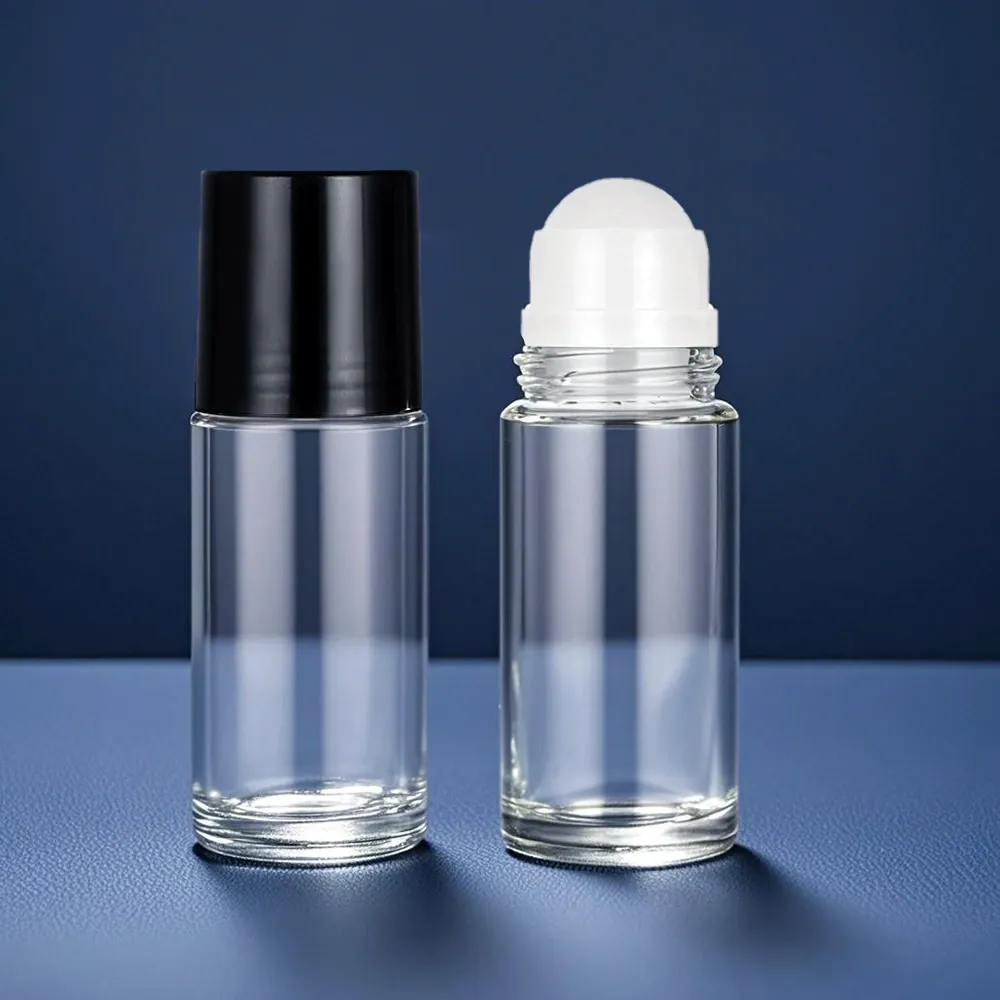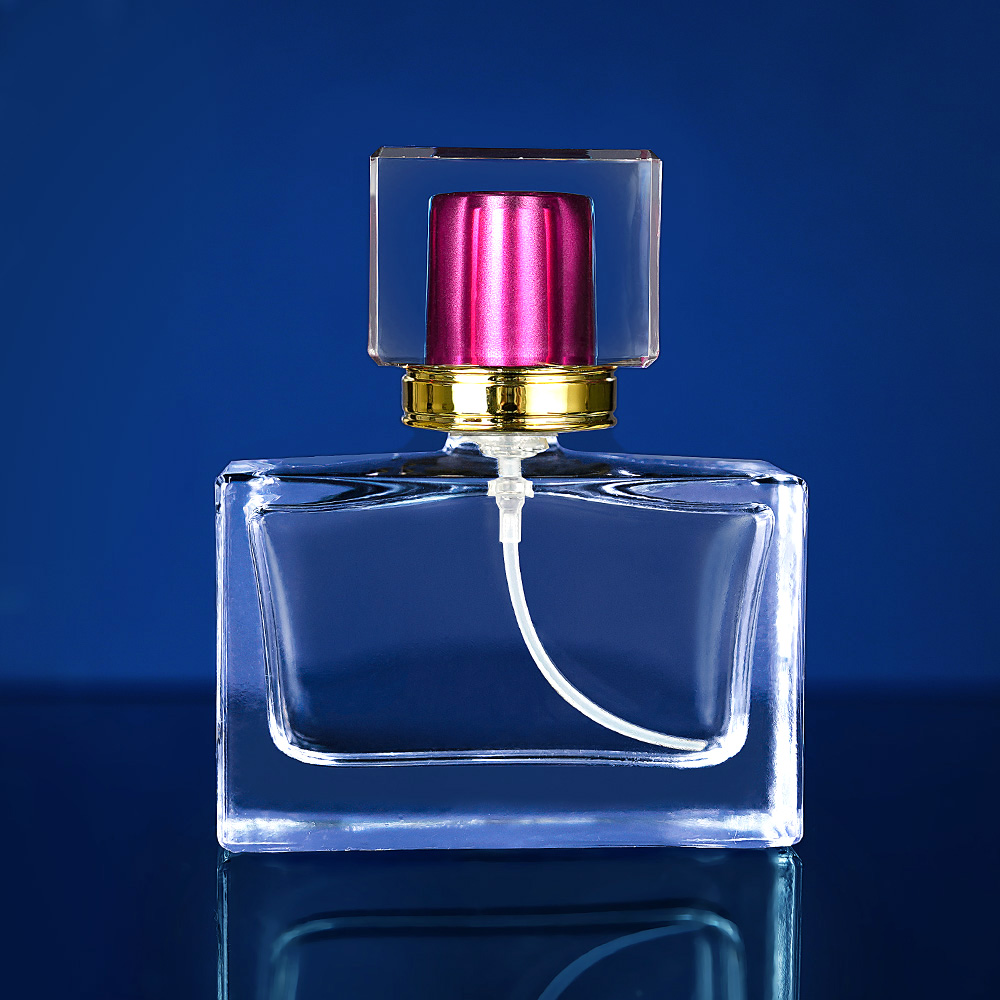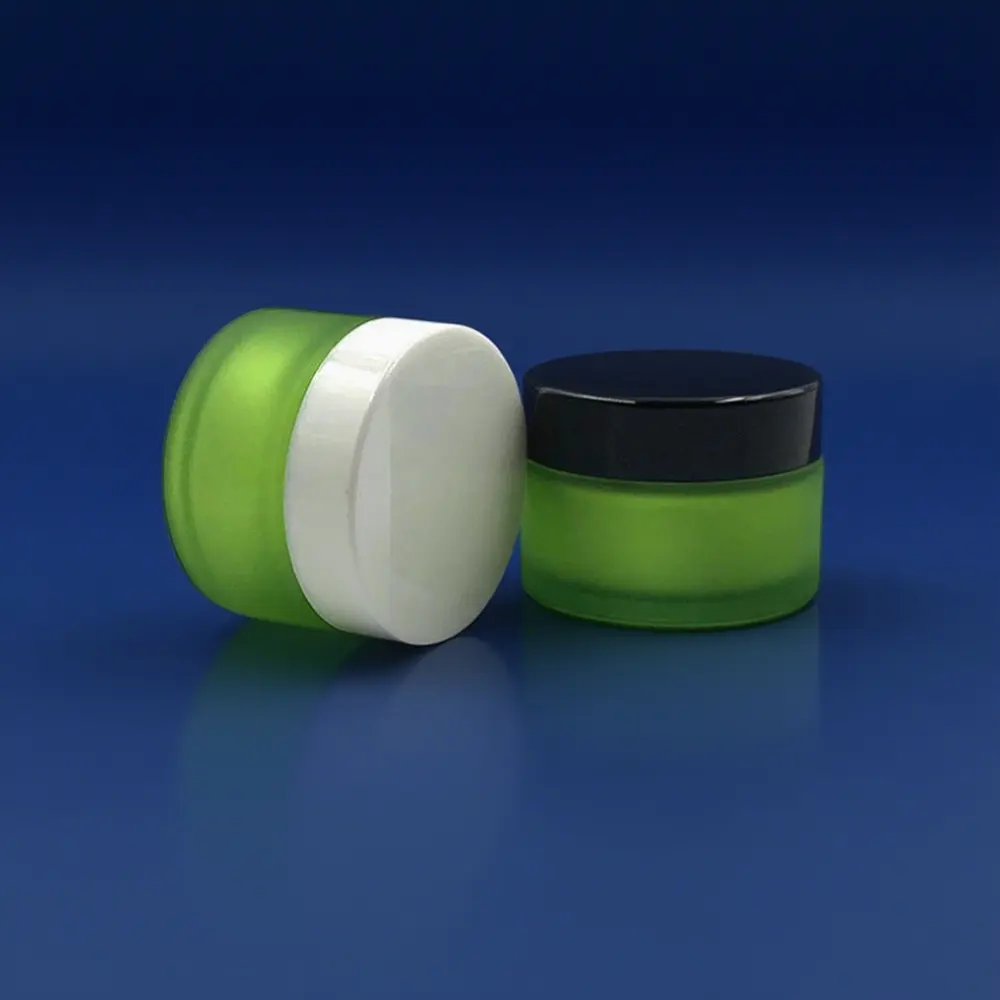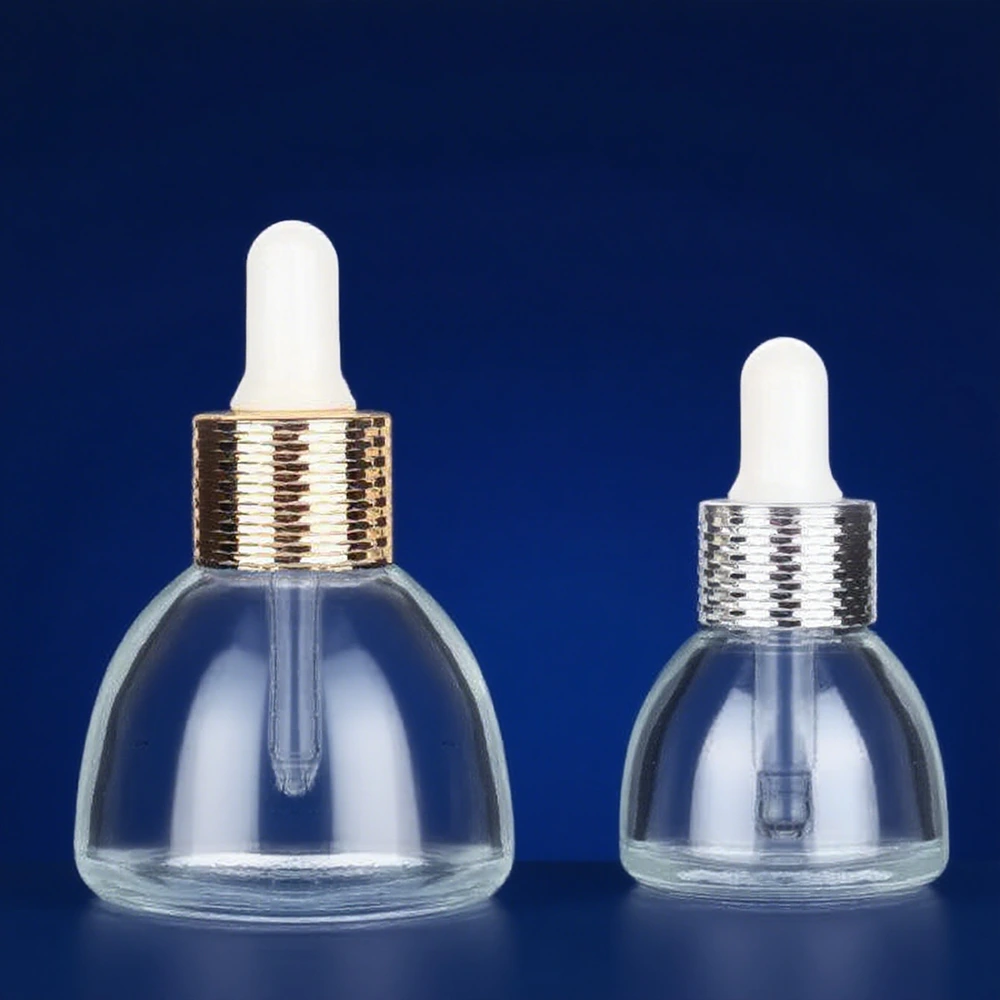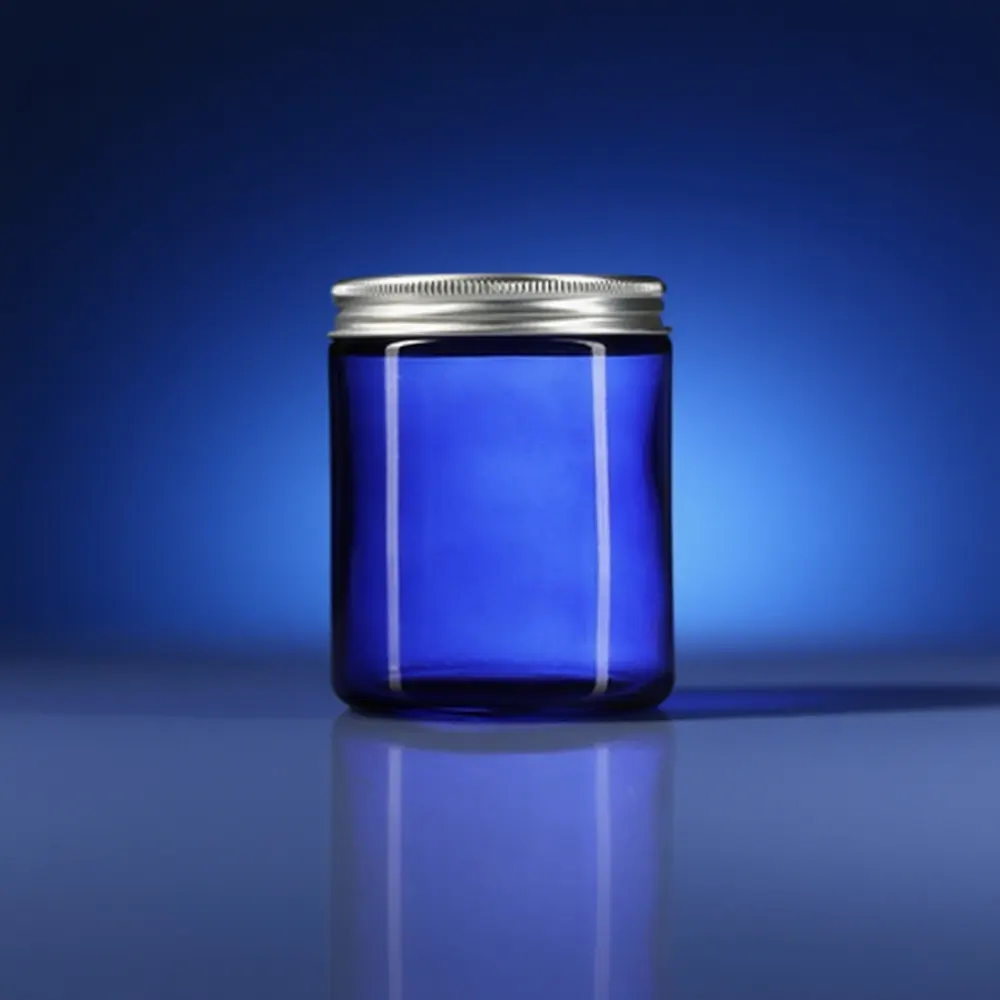
How to Engrave Perfume Bottle: Mastering Customization and Market Value
Table of Contents
1. Introduction to Perfume Bottle Engraving for Customization
The perfume bottle engraving product has developed beyond decoration in a refined strategy for product adaptation and market discrimination. This report focuses on glass perfume bottles, explaining how to engrave perfume bottle to increases adaptation and market value. In a competitive luxury market, BESPOKE experiences are paramount. The engraving replaces standard bottles individually, promoting deep consumer-brand connections. It is particularly relevant to Vesseluxe, which is a brand, which creates the best, unique packaging for personal expression and luxury.
Growth is powered by consumer will for Bespok experiences, unique aroma, rising disposable income and e-commerce adoption. Consumers seek personality,customized perfumes and packaging offer direct self-expression, allowing them to match personality, mood and style with aroma and bottle.
2. Engraving Technologies and Aesthetic Outcomes for Glass
The engraving technology option greatly affects beauty results and design complexity on glass perfume bottles. The brand must understand these methods to offer diverse, high quality optimization.
2.1. laser engraving
Laser engraving is a top method for perfume bottle optimization due to precise, versatility and durability. It makes a permanent, elegant frosted effect directly by catching the glass, eliminates ink/adhesive and contributes to durable packaging.
- Beauty effects:
- Frosted Finish: Common, upscale look distinguishes light for a white, vague appearance from the micro-creator.
- Deep-cut effects: Lezers receive different depths for touch, pronunciation engraving.
- 3D texture: Advanced 3D laser texture creates effects, simulating crystal-cut patterns, embossing, or giving relief, adding depth and sophistication.
- Colorful: Post-angraving adds color to UV printing design, enhancing visual effects and adaptation.
- Laser type:
- CO2 laser: Efficient, cost-effective for surface engraving on glass, common for decorative/privatization projects, suitable for most non-metal materials.
- UV laser: Ideal for high-faced glass engraving, producing better, high-contrasting scars without large fractures.
- Fiber laser: mainly for metals, favorable for some glass, especially fine details or specific coatings.
2.2. Sandblasting
The sandblast uses a high pressure stream of grit (eg, aluminum oxide) to create a deep, touching frost on the glass.
- Beauty effects:
- Deep, Tactile Frost: Clear, uniform frusthed finish, makes ideal for bold, high-contrasting designs.
- Shaded effects: obtains separate optimal for shaded or shield effects.
- Technology: Finish coarseness depends on grit size and air pressure (eg, grit for 80# -100# decorative Cuts) with 30-50 PSIs.
- Suitability: Provides good quality capture with control and accuracy, suitable for complex designs.
- Industrial application: Used decoratively, the captash also industrially processes the sheets of large frosty glass.
- Environment and safety: historically, silica sand put silicosis at risk; Modern practices use aluminum oxide. Cabinet and mask for safety.
- Maintenance: Sandblasty glass shows more to fingerprints, requiring frequent cleaning.
2.3. Mechanical engraving
Mechanical engraving designs in glass using physically cuts or equipment.
- Beauty effects:
- Deep-cut carvings: A traditional, artisan makes deep, different cuts for look.
- Point engraving: Manual point engraving uses a rotary diamond boar for exact image carving.
- Technology: Often by skilled artisans for high precision/adaptation. Rotary tools (eg, dramail) suits diyers for freehand or stencil designs.
- CNC mechanical engraving: CNC engraving stations serve various objectives, from perfume bottles to industrial signs, work with plastic, metal, glass and wood.
2.4. Chemical Cuttack
Chemical Cutsy uses acidic substances (usually hydrophloric acid) to corner the glass, finishing a smooth, satin-like frost.
- Beauty effects:
- Smooth, satin -like frost: produces an elegant, soft, uniform frustaged appearance.
- Fine lines: Ideal for good, complex design challenging for sandblasting.
- Technology: Resistant material (wax or stencil) protects the glass during acid application.
- Suitability: Resulting finish is elegant to touch.
- Limits: Excessive detailed designs due to accurate boundaries are not ideal.
- Environment and Safety: Acid Cuts are less available due to dangerous hydrophloric acid, often requiring foreign production. Security measures are necessary.
- Maintenance: Chemical-glass glass is low maintenance, lower than fingers than sandblastic glass.
- Light transmission: Light accent transmissions less via acid-eched glass than sandblasty glass for lighting.
2.5. Preceding technology
Beyond primary engraving, post-processing technology enhances the bottle of perfume:
- UV printing: Modern digital technology for full-color, high-resolution images/texts directly on glass, often engraved design. For high-opposite people on curved bottles due to adhesion and quick drying.
- Lacquering: Spray-applied, provides various adaptation effects: full/partial coverage, mats, shiny, translucent/opaque texture, internal/external color.
- Hot stamping: The metal moves the foil to the glass, adding the metal accent.
- Protective overcoat: Apparent mats or gloss UV varnish protects printed/stored areas from moisture, oil and friction.
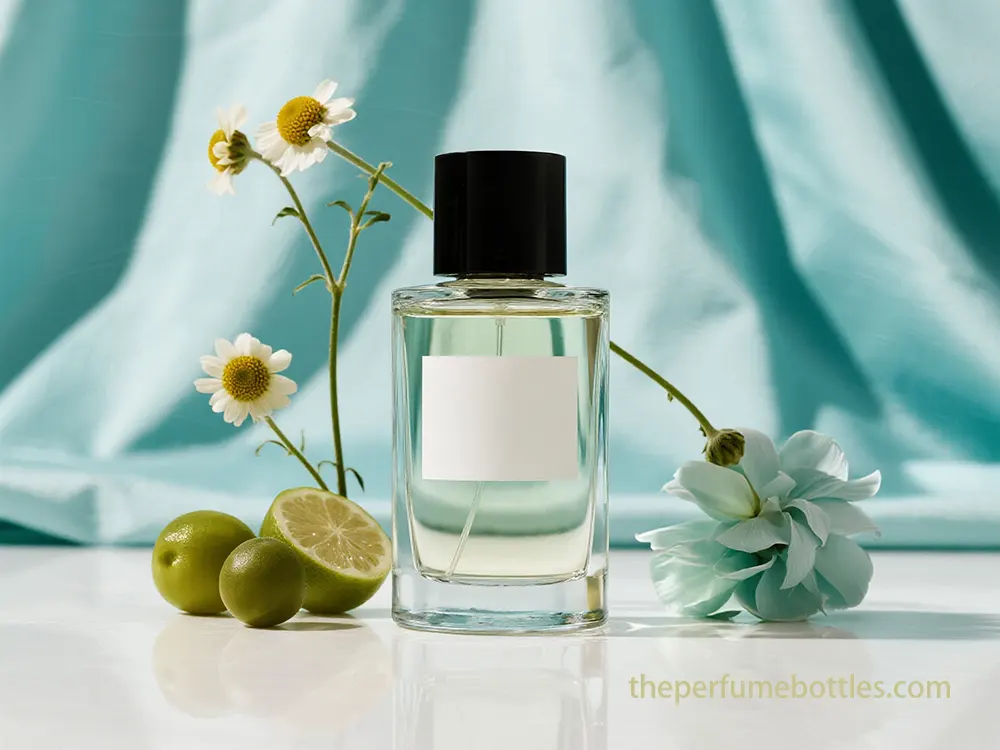
Get Free Samples
3. Design theory and adaptation strategies for glass bottles
Effective engraving design for glass perfume bottles require the bottle properties and desired aesthetics. Vesseluxe knows how to customize the design for various sizes/sizes and incorporates elements is important to maximize the visual effect and brand storytelling.
3.1. Customize the design for the size and sizes of various bottle
The engraving on curved glass like perfume bottles, causes challenges due to transfer of laser focal points, causing beam deformation and deformed text/graphics.
- Rotary attachment is required: For cylindrical/round objects, a rotary axis is essential. It rotates the object, continuously maintains the laser focal distance in the circumference. With this, continuous depth and expansion is difficult.
- Deformation improvement: On thin glasses, narrow images with low diameter. It is important to compensate to correct the perspective in design software, often by replicating and inverting glass curve.
- 3D modeling and projection: Advanced laser systems (eg, Xtool P2) automatically manufacture 3D models and adjust the focus for complex curves. Software such as lightburn or ezcad2 requires rotary mode.
- Focusing the choice and focus of lenses: For important curvature, special focal lenses (eg, 4 “lenses of the epilogue) produce a concentrated beam at the vertical distance for a long time.
- Power and Speed Settings: Glass is heat-sensitive; Slow speed and low power prevents cracks. SSLight defocusing heat spreads, reduces crack risk. Thick glass requires greater strength/slow speed for depth; Thin glass hot/crack easily.
- Cleanliness: Spotless glass cleaned with alcohol or glass cleaner is important before engraving to remove oils/dust.
3.2. Strategies for Incorporating Design Elements
Engraving allows diverse design elements, from text to intricate patterns, contributing to bottle appeal and brand message.
- Test runs: Low-power dry runs or “frame”/”simulation” options detect the misalgnament/slippeage before engraving.
- Detailed patterns and motifs:
- Floral motif: Appealing to classic/romantic aesthetics, add femininity and elegance.
- Geometric patterns: modern, refined looks, often excluding diamond -shaped, luxury and providing touch experience.
- Decorative design: highly complex, craftsmanship showing and adding luxury.
- Photographic images: Advanced laser engraving can reproduce photographic images, a unique, high-adaptation option, often needed careful parameters tuning and many passes.
- Color integration: frost/textured effects during engraving, UV printing adds vibrant, multi-head, or gradient finish to engraved areas, allowing bottles to reflect the mood/personality of the fragrance.
- Minimalism: Smooth, simple design with subtle accents or individual details appeals to sophisticated audiences, symbolizes refinement and luxury.
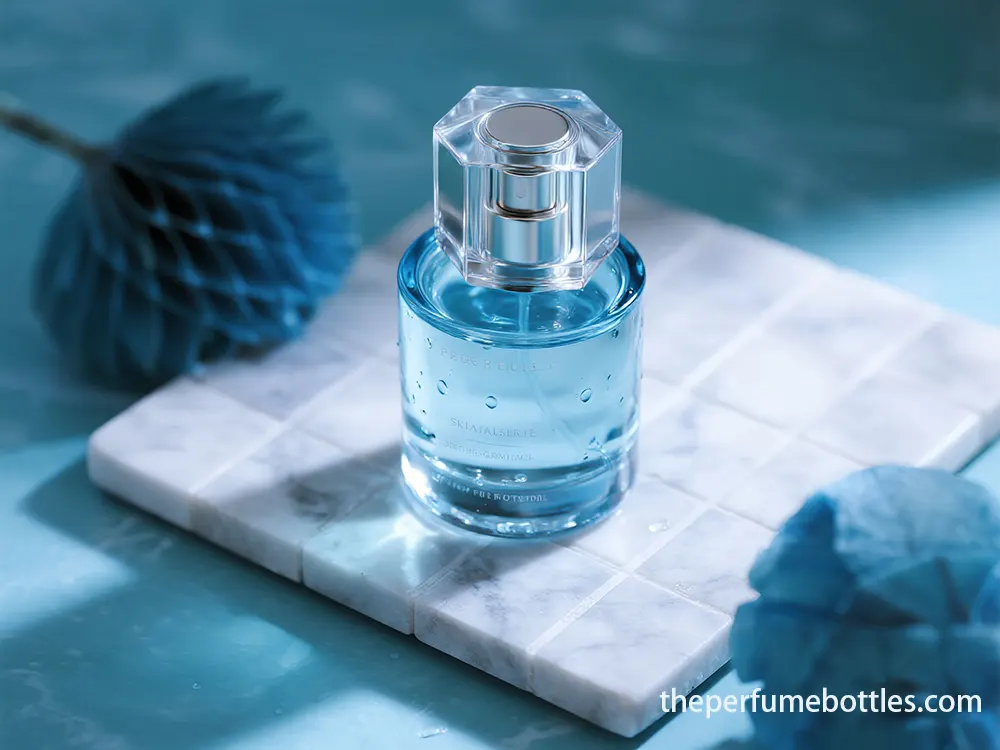
Get Free Samples
4. Market Positioning and Value Enhancement through Engraved Perfume Bottles
Customized engraving considers the perfume bottle market value, keeping them nourished with containers and transforming them into powerful brand statement. The vesseluxe strategic product takes advantage of the position and increased value.
4.1. Extending market value and perceived luxury
For psychological desire for specificity and personalization, engraving in the luxury market is important.
Promotional value: The engraving replace the bottles individually, increasing the perceived value for luxury consumers,unique, aligns with the will of the echoing property.
Specification and Personal Connection: Custom engraving strengthens strong emotional connections, allowing consumers to allow a kind of item, brand engagement and loyalty.
Premium pricing: Brands can apply premium pricing to engraved bottles, reflecting Bespoke service value and perceived specificity, justifying the price more than standard bottles.
Craftsmanship and Heritage: Engraving emphasizes craftsmanship, aligning with praise of luxury consumers for artistry/expansion. It strengthens the brand heritage through traditional techniques or motifs.
Packaging and presentation Synergy: The impact of engraving increases with great packaging/presentation, increases sensory experience and high-value perception.
Brand Story Reinforcement: Urban Brand strengthens/identity (eg, logo, date, symbol), strengthens recognition and loyalty. Storytelling bottles release permanent impressions, combining the aroma with quality/identity.
4.2. Target Audiences and Positioning Strategies
The engraved perfume bottles appeal to diverse audiences, demanding each unique value.
- Luxury Consumers: A rich person looking for individual luxury goods is a primary goal, which is ready to pay a premium for specificity and personal taste.
- Gift-gavers: engraved bottles make memorable, unique gifts, expressing thoughtfulness and individual connections.
- Brand Identification and Discrimination: Urban is a powerful tool for market discrimination. Unique design and touch experience help brands to stand up. Special shapes, colors, and engraving show the brand vision.
- Limited version and collectional: engraver is ideal for limited-sanskrit bottles, exclusiveness and increasing the appeal, driving demand and urgency.
- Brand Storytelling: Custom perfume bottles demonstrate luxury, intensity or modernity, reflecting the story of a brand and depicting the status of the market.
- Consumer engagement: Adaptation promotes deep consumer connections, converting them into co-producers in fragrance/packaging.
- Middle Eastern Markets: Companies attract customers with unique perfume bottles, promote intimate relationships, often include custom logo, label and traditional textiles (velvet, silk) for sensory experience.
5. Operating scale, cost analysis and implementation models
The implementation of perfume bottle engraving requires considering the operational scale, cost and in-house outsourced production. Vesseluxe should be evaluated for efficient, profitable operation.
5.1. Operational Scale and Cost Analysis
The engraving costs vary significantly by production scale, design complexity and technology.
- BESPOKE and Small-Batch Production:
- Cost factor: Design complexity, engraving time, and labor costs are primary driver. The increase in design/custom artwork increases due to added time/expertise.
- Pricing model: per-hour, per-tree, or per-minute pricing are common. LASER engraving price formula: Laser engraving time (minute) * 1.25.minumin duts (eg, $ 15- $ 25) often apply for small jobs.
- Cost of material: Glass requires more laser power and careful handling, the cost increases on materials such as wood or acrylic.
- Equipment: Small-batch/bespoke laser engraving setup: $ 3,000- $ 4,000; Full Workshop: $ 10,000- $ 16,000+.
- Large scale production:
- Automation: Automatic System (eg, CNC autoblasting for sandblasting) operator reduces the needs of skills and enhances the throwkut.
- Equipment: Industrial laser cutters ranges from $ 250,000 to more than $ 1 million.
- Cost per unit: Bulk order gets significant discounts, reducing a unit cost.However, MOQs for customized glass bottles can exceed 100,000 pieces.
- Total cost of ownership (TCO): For mass production, TCO factor initial investment, employee, materials, storage, maintenance, consumable materials (laser tubes, optical lens, abrasive), and waste. CO2 laser tube last 1,000–10,000 hours; Fiber optic tube over 50,000 hours.
- Depreciation: Laser engraving machinery depreciates in 3-5 years, with annual IRS income tax deduction.
Lorem ipsum dolor sit amet, consectetur adipiscing elit. Ut elit tellus, luctus nec ullamcorper mattis, pulvinar dapibus leo.
5.2. Initial Equipment Investment and Budget Range
Early engraving tools vary widely by investment technology and scale.
- Entry -Level/Hobby: $ 300 – $ 3,000 for basic diode or co2 lasers.
- Professional/Small Business: $ 3,000 – $ 20,000+ strong CO2 or diode system.
- Industrial-grade laser (UV, fiber, high-power CO2): $ 20,000- $ 100,000+ for fiber laser engraver; Up to $ 1 million for mass industrial cutters.
- Automatic Sandblasting Machines: Manufacturers like Fratelli Pezza provide automatic sandblasting machines (eg, zeffir series) for quick glass sheets sandblasting.
- Financing options: Companies such as Crest Capital, Campfive Laser, Onlacer, Omtech, Geneva Capital, and Cairn Laser System offer to give financing/leasing.
5.3. In-house vs outsourced production
The in-house versus outsource engraving depends on the amount of production, cost, control and expertise.
In-house production:
- Benefits: Processes, IP protection, and potentially more control over lower long-term costs for high-volume needs.
- Challenges: Important Upfront Equipment Investment. Skilled employees and ongoing training.The scope is necessary with proper ventilation/safety.
Outsource Production:
- Benefits: Upfront equipment eliminates costs and maintenance for specialized expertise and high quality results on various materials.
- Challenges: Potential for higher per-unit costs for very high volumes.Production and low direct control over potential IP concerns.
- Brake -Even Analysis: Important to determine minimum revenue to cover all costs: Total fixed cost / (per unit value per unit – per unit convertable cost).
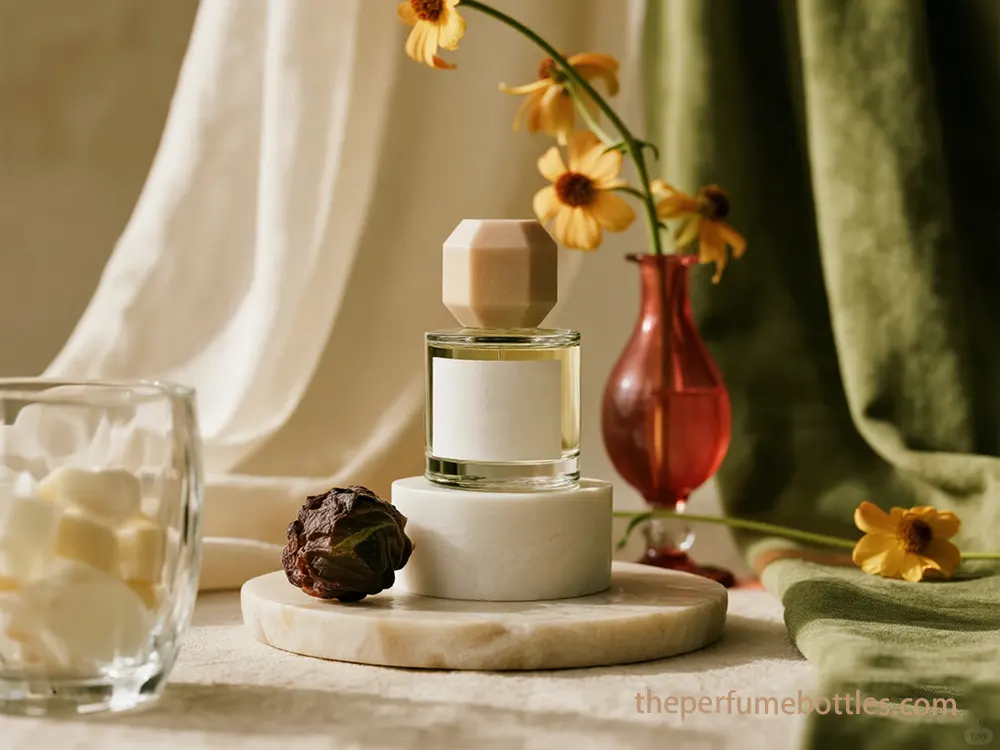
Get Free Samples
6. Glass-specific engraving challenges and quality assurance
The engraving on the glass, especially delicate, presents curved perfume bottles, unique technical/operating challenges. Vesseluxe prefer strong quality assurance to remove these obstacles and to ensure frequent, high quality results.Lorem ipsum dolor sit amet, consectetur adipiscing elit. Ut elit tellus, luctus nec ullamcorper mattis, pulvinar dapibus leo.
6.1. Glass-Specific Engraving Challenges
Glass properties and complex perfume bottle designs create many challenges:
- Fragility and Breakage: perfume bottles, especially complex, delicate, or ultra-split design, engraving, production, transportation, and are susceptible to rupture during use. Aesthetic aesthetics with durability are important.
- Optical deformation: The engraving laser on curved surfaces distort images due to transferring laser focal points.
- Solution: In the form of Section 3.1, rotary attachments, 3D modeling software, and careful focus adjustment (eg, slightly reducing the height of the material) are important to reduce deformation and maintain quality.
- Heat Sensitivity: Glass is sensitive to thermal shock. Laser engraving heat should be carefully controlled to prevent cracking/micro-fracture (low strength, slow speed, defoksing).
- Surface curvature: It is difficult to maintain frequent engraving depth/clarity on highly curved/slim surfaces. Without proper equipment/software, the engraving may appear unequal/faded.
- Material discrepancies: The variation in glass thickness/composition affects laser interaction, causing inconsistent engraving. The refractory index is density-affecting, manufacturing inconsistency causes non-eccentricity.
- Leakage and spray malfunction: Beyond the engraving, the integrity of the bottle is important. Leakage (poor pump/neck sealing, defective atomizer) is an important packaging failure, which is enhanced by e-commerce handling.
6.2. Quality Assurance and Best Practices
To achieve high-quality, coherent results, the factory must apply strict quality control and best practices in engraving.
- Comprehensive Testing Protocol: Effective quality control material depends on well -designed test protocol covering integrity and aesthetic appeal.
- Visual Inspection: Important/later/later to check the engraving, niches, chips, air bubbles, and other visible defects.
- Diadent verification: Ensuring engraved design follows specified dimensions and correct positions.
- Performance tests:
- Leakage test: Fill the bottle with a mixture of water/alcohol, check the leaks around the cap, nozzle or seal.
- Spray Test: Test spray nozzle performance for proper task and consistent patterns.
- Drop Test: Equals the effects of various heights to assess the resistance of durability/rupture.
- Chemical resistance assessment: Check the bottle content for perfumes/chemicals to prevent malaise/deformation, especially for color -filled engraving.
- AQL sampling: Use the acceptable quality level (AQL) for specifying tolerant defective bottles at different defect levels (eg, hyper critical, critical, major). The inspection level determines the sample size relative to the batch size.
- Material selection and compatibility: Given the brand vision/fragrance integrity, careful material selection is important. Compatibility tests do not ensure no adverse reaction between glass, engraving and perfume.
- Automatic System and Machine Inspection: Automatic system and machine vision monitor manufacturing procedures to detect/improve defects/discrepancies, especially in high-VOL.
- Efficient operators and training: With even automation, skilled operators are required for setups, monitoring and manual inspection. Continuous training ensures the following of the best practices/quality standards.
- Cleanliness standard: High quality perfume glass bottles should be cleaned, free from scratch/stain, and cleaned by bubbles/impurities.
- Weight and durability: High quality glass bottles usually have sufficient weight and thick bottles, indicating luxury/durability.
- Protective measures: Applying protective overcoats (eg, clear mats or gloss UV varnish) on printed/stripped areas prevents moisture, oil, and friction, enhancing durability.
7. Future trends and innovation in perfume bottle optimization
The dynamic future of adaptation of the perfume bottle, especially engraving, is ready to develop significant progress and consumer demands powered by emerging technologies. Vesseluxe has been deployed to capitalize on these trends to maintain leadership in bespok luxury packaging.
7.1. Emerging technologies and design trends
Advanced Laser Technology:
- Femtosecond Laser: Offer ultra-compatibility for complex patterns and wearing sub-collecting engraving, complex, internal designs, which is safe from wearing.This “cool” separation reduces thermal stress, which reduces micro-fractures in delicate glass.
- Dynamic focusing system: Advanced laser systems will have the facility of sophisticated dynamic focus, which will have to automatically adjust complex,non-uniform curved curved surfaces in real time, eliminate deformation and ensure frequent engraving without comprehensive manual calibration.
- Direct 3D printing of glass: Emerging as transformative, it bypasses traditional mold-making, offering unprecedented design freedom for complex geometry and on-demand customized perfume bottle manufacturing. This enables unique shapes, textures, and individually impossible traditionally.
- Smart content and functionality: Integrating smart content in perfume bottle design will add new functionality and user experience.
- Sensor: Embedded sensors can detect perfume levels, users can alert to refill or suggest supplementary products.
- Temperature-sensitive material: Color-changing materials based on temperature/light risk can cause dynamic visual effects.
- NFC/RFID chips: Embedded chips can provide authentication, product information, brand storytelling, or interactive AR experience when scanned.
- Bio-inspired design: The design of perfume bottle is rapidly attracted by nature, including organic shapes, textures, patterns. Creating 3D printing excel is impossible/impossible with complex, bio-inspired geometric geometric difficult/traditional manufacturing.
- Promotion/Virtual Reality (AR/VR) Integration: AR/VR enhances customer experience in adaptation of the perfume bottle. Customers use AR apps to detect options in virtual showrooms or to imagine VR, customization emergent/engaging.
7.2. Market Implications and Future Advancements
- Hyper-Personalization and Co-construction: The demand for unique, individual fragrances will promote unconventional content/avant-garde design discovery.
- On-demand manufacturing and sustainability: 3D printing offers on-demand manufacturing, which reduces large production runs and waste. This allows brands to offer limited-culture/individual bottles without high traditional manufacturing costs, which align with consumer demand for stability.
- AI in fragrance and packaging: AI algorithm analyzes preferences/lifestyle to suggest unique odor combinations and recommends daily aroma based on activities/mood. It will extend to the packaging, with the generating AI, manufacturing Bespoke engging patterns or bottle size depending on consumer data, can manufacture predictive personalities.
Ethical idea: As individualization advances, data privacy, forgery capacity, and environmental impacts of customized products become increasingly important. Brands like Vesseluxe have to navigate these transparent manner. - Blockchain for authenticity: Blockchain technology is discovered to track/verify the fragrance ossity/product authenticity. It can extend to engraved bottles, provides irreversible records of optimization/origin, compete with luxury market fake.
- Pilot Projects and Cooperation: Perfumes are important for recognizing the ongoing pilot projects and cooperation between brands, technical companies and research institutes and to identify innovative applications for 3D printing/advanced engraving in the bottle of perfume and perfume bottle optimization.
The dynamic future of perfume bottle engraving provides immense ability to create unique values for consumers such as innovating, differences and unique, individual luxury experiences for brands.
Comments
Product Categories
Hot Sale Bottles
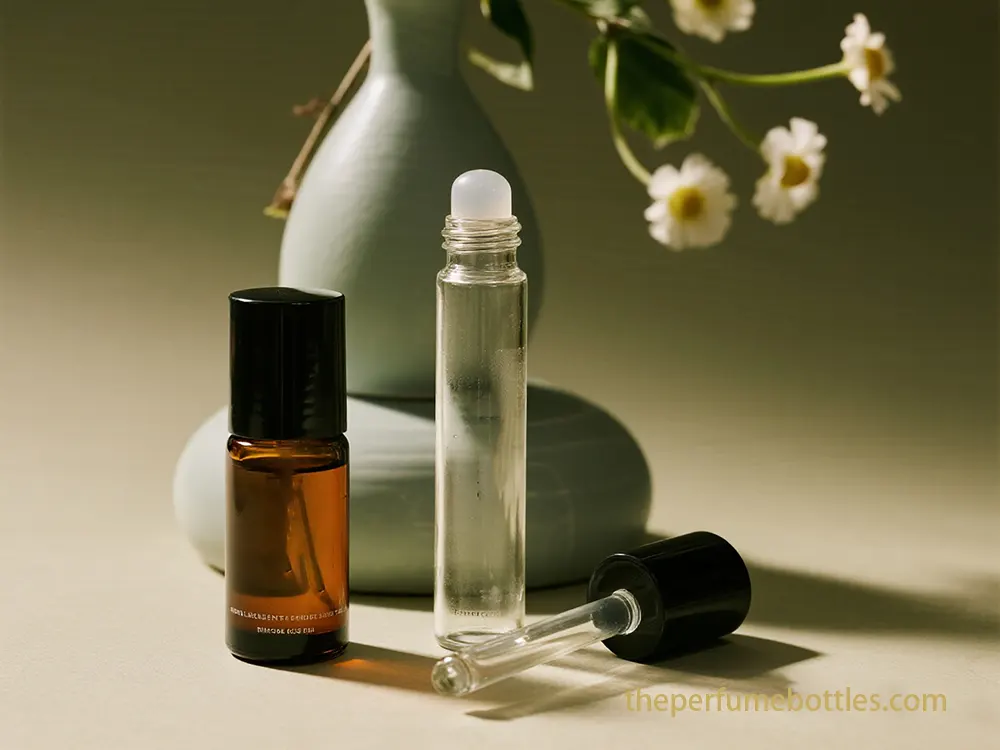
Case Study: Custom Roller Bottle for Essential Oils to Portuguese Brands
Custom roller bottle for essential oils with flawless frosted and colored finishes. Vesseluxe delivers
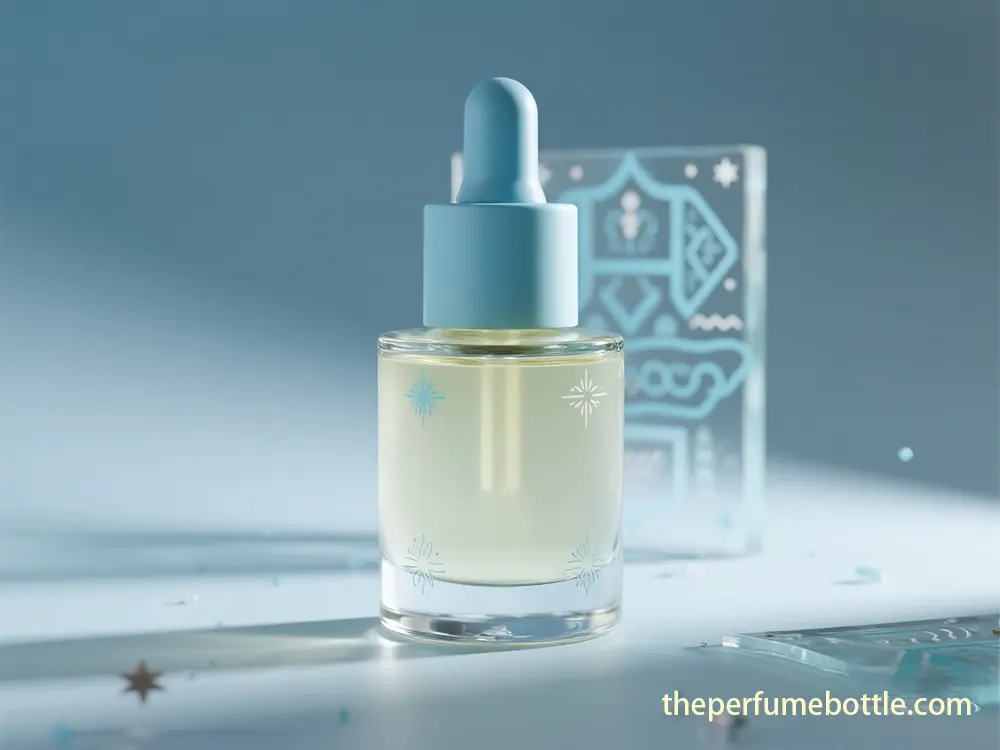
Customization Trends in Glass Small Dropper Bottles
Trends in small dropper bottles: cosmetics, pharma & oils with aesthetic, functional & sustainable innovations.

Case Study: Custom Dropper Glass Bottle for a American Essential Oil Brands
Custom dropper glass bottles with precise wall control, lightweight strength, and premium aesthetics for essential oil brands.
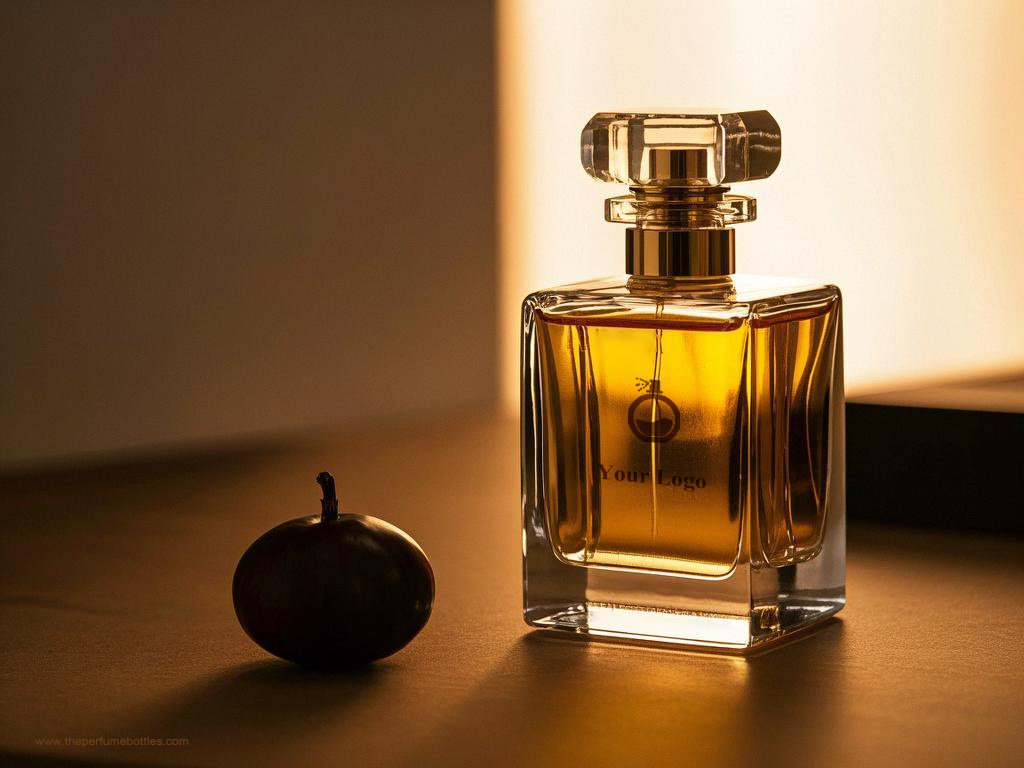
Top 10 Design Trends for Large Perfume Bottles in 2025
In the ever-evolving world of fragrance, large perfume bottles are more than just containers—they are statements of luxury, elegance, and personal expression.

Case Study: Custom Glass Perfume Bottles for a French Fragrance Brand
Custom glass perfume bottles with consistent color, high transparency, and premium design
- +86 186 5178 1159
- [email protected]
- Mon-Sun 07:00-21:00
Tags
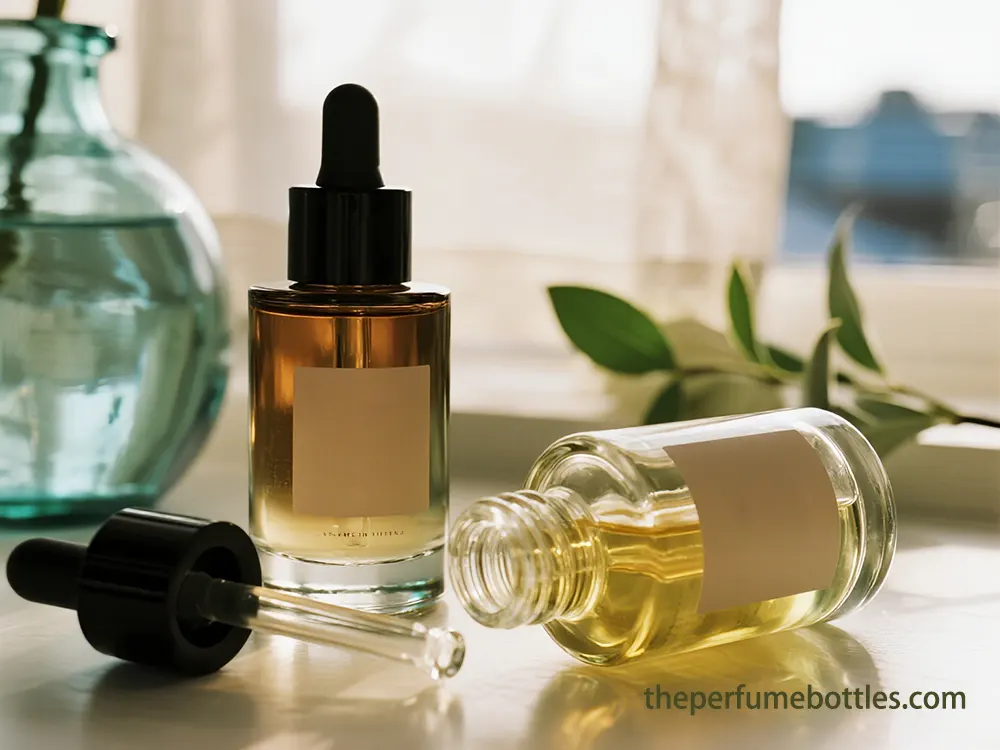
Choosing the Right Glass Dropper Bottles Supplier: Why It Matters More Than Price
Learn how to choose the right glass dropper bottles supplier by focusing on quality, compliance, supply stability, and sustainability beyond just cost.
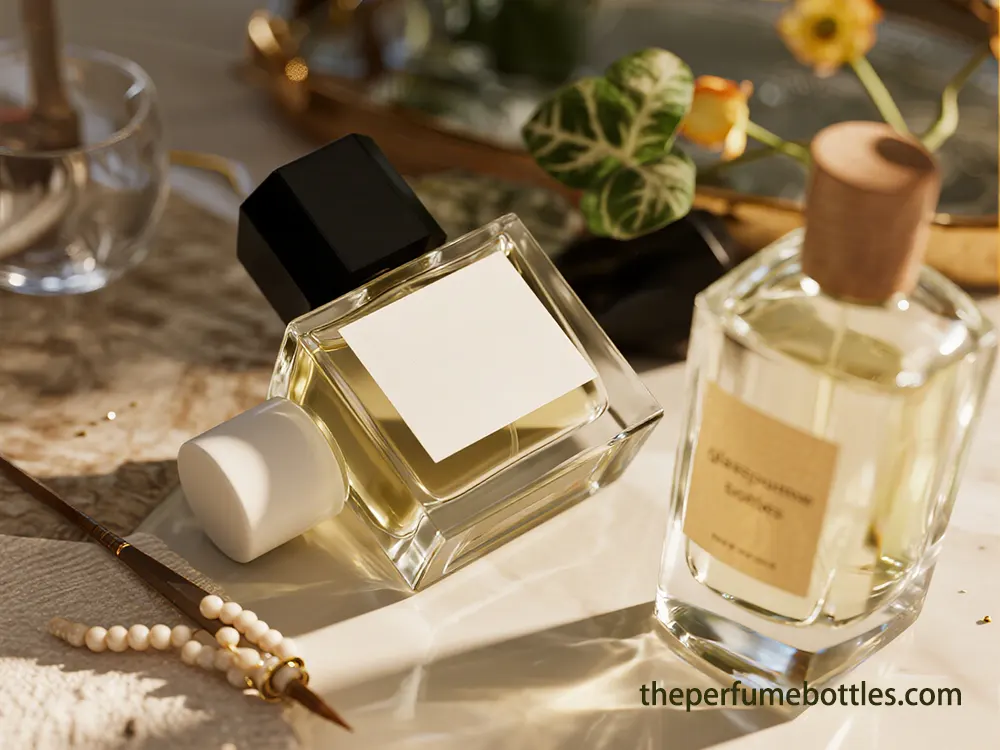
Case Study:How a Portuguese Independent Fragrance Brand Chose Mosteb as Its Glass Perfume Bottles Vendor
A fragrance brand partners with us as glass perfume bottles vendor, resolving frosting and cap-fit issues with precise engineering and stable custom production.
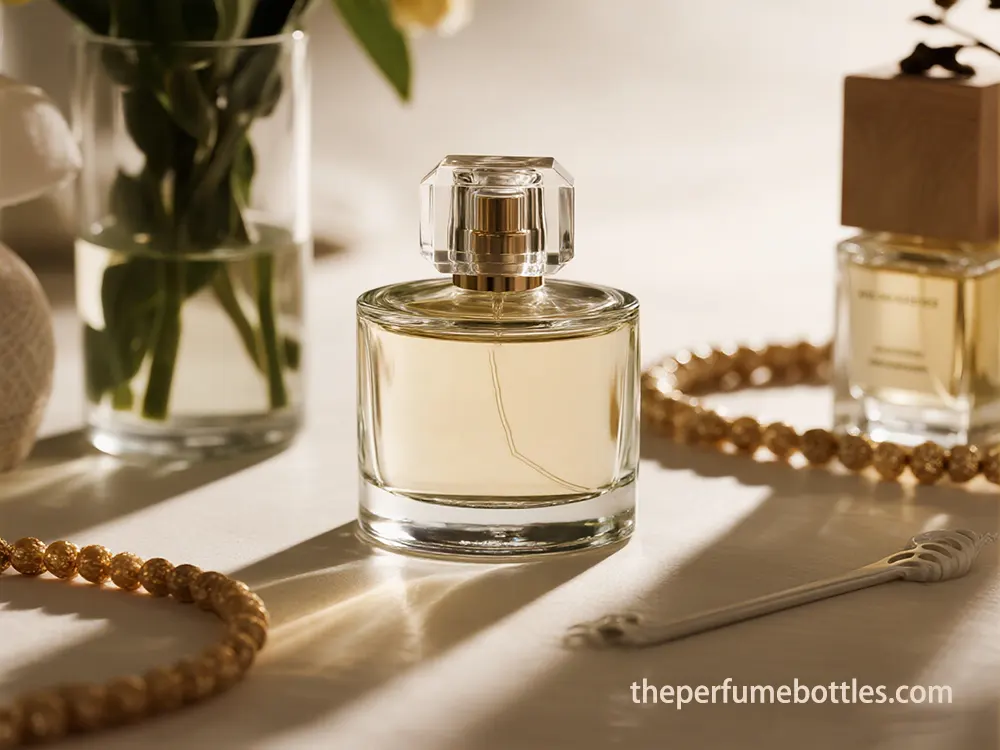
A Strategic Framework for Selecting a Glass Perfume Bottles Supplier
Find your strategic glass perfume bottles supplier with this guide, showing how the right partner boosts speed and scalable growth for fragrance brands.
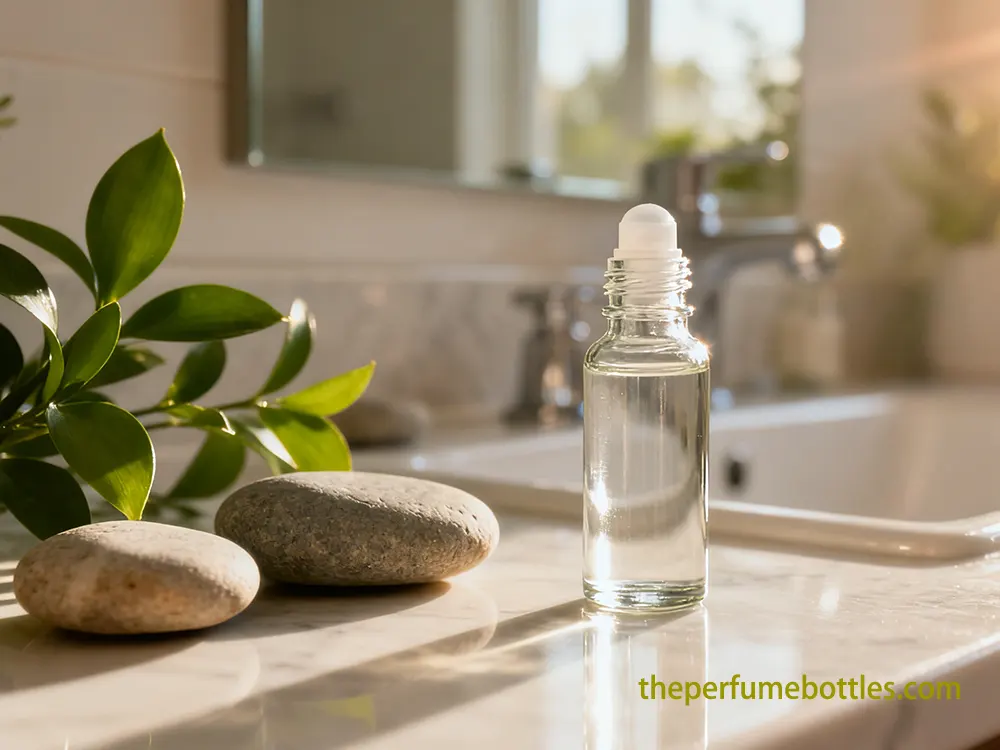
Case Study: Our Glass Roller Bottles Factory Delivered Packaging for an Essential Oil Brand
A case study on how a glass roller bottles factory solved rolling stability and thin-neck durability issues to deliver reliable, leak-free premium bottles.

